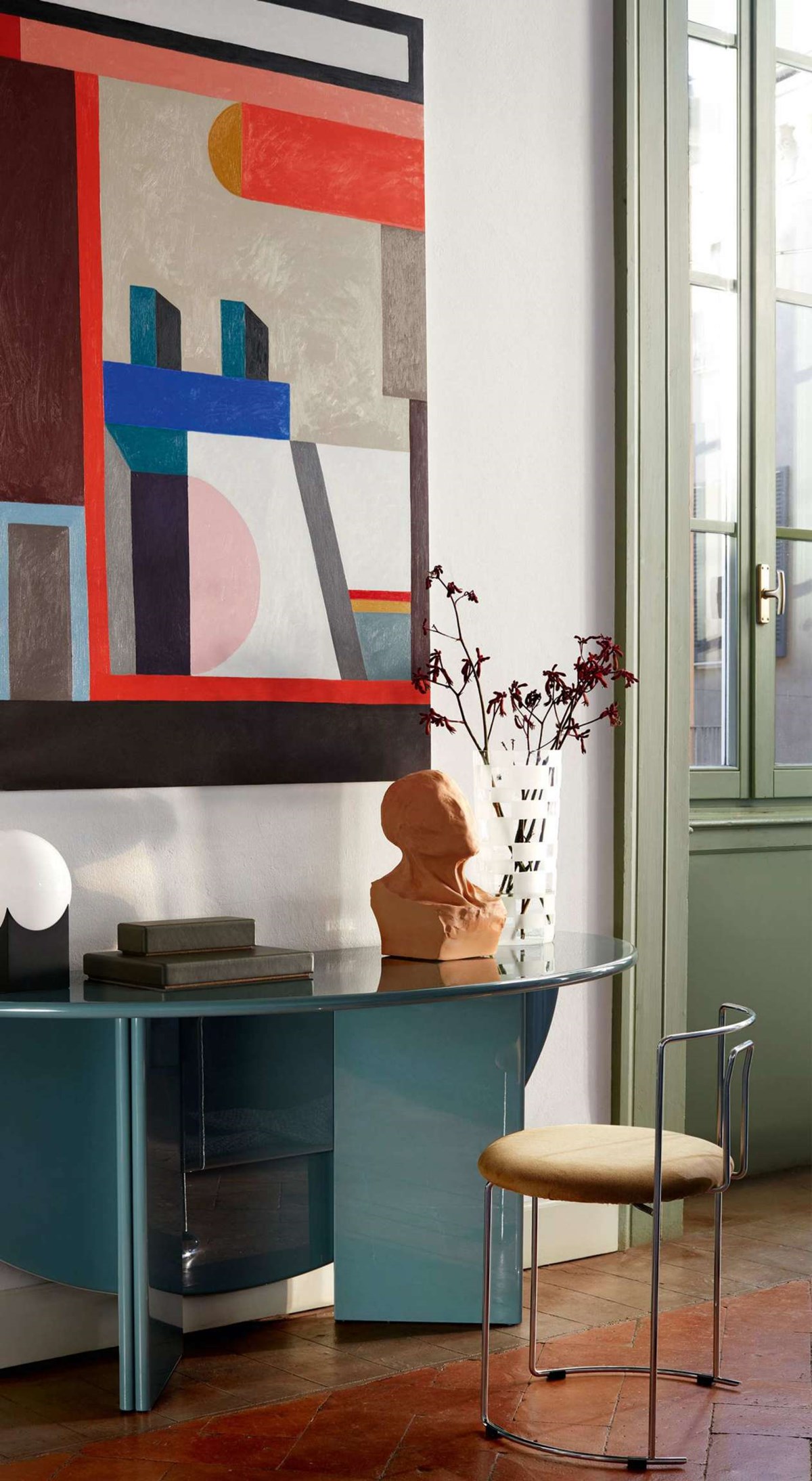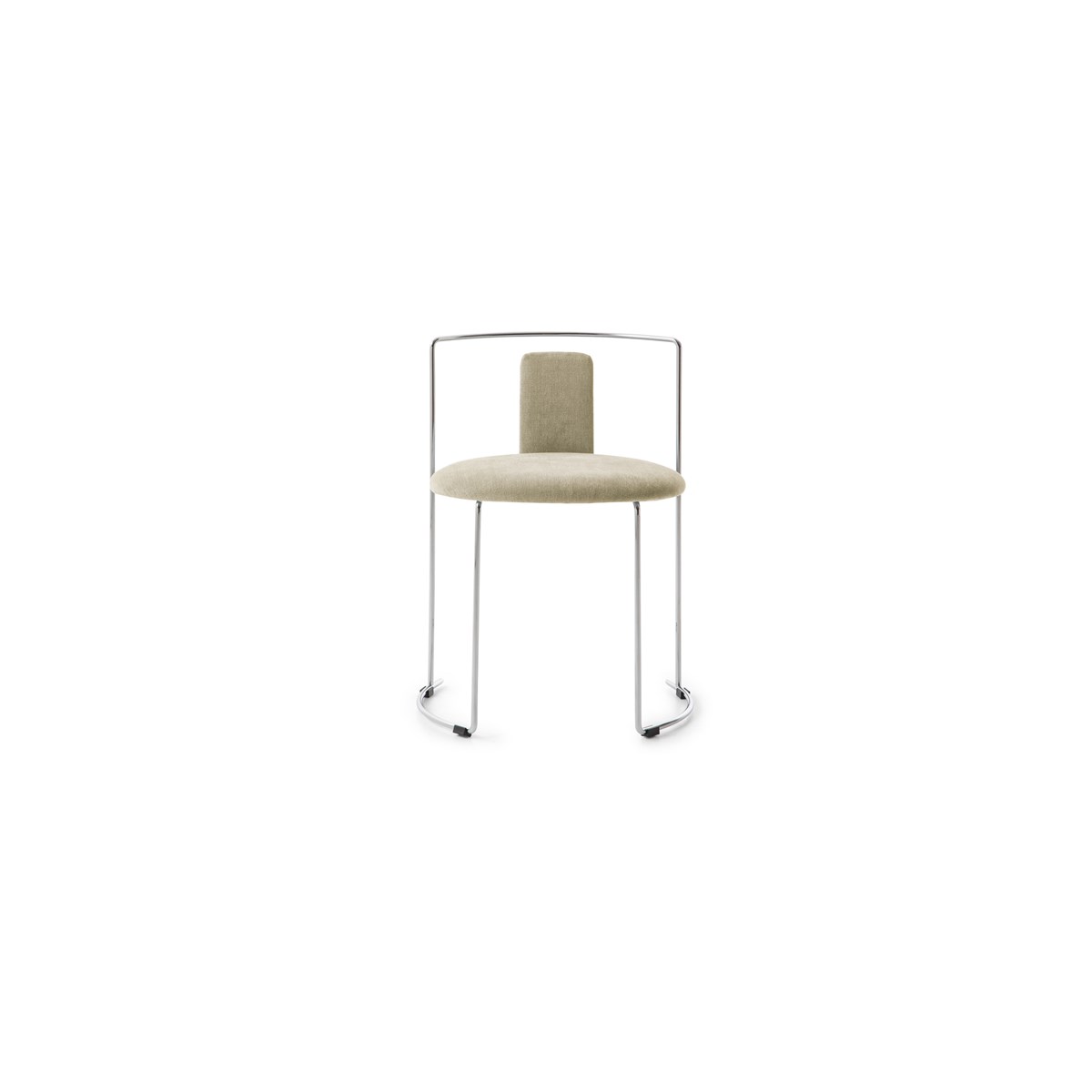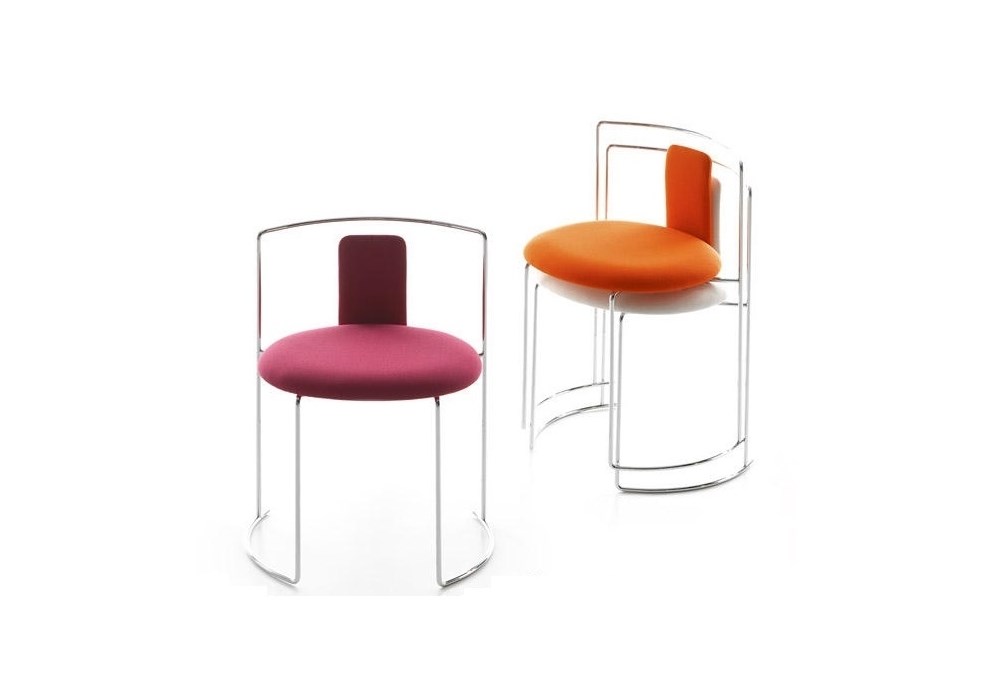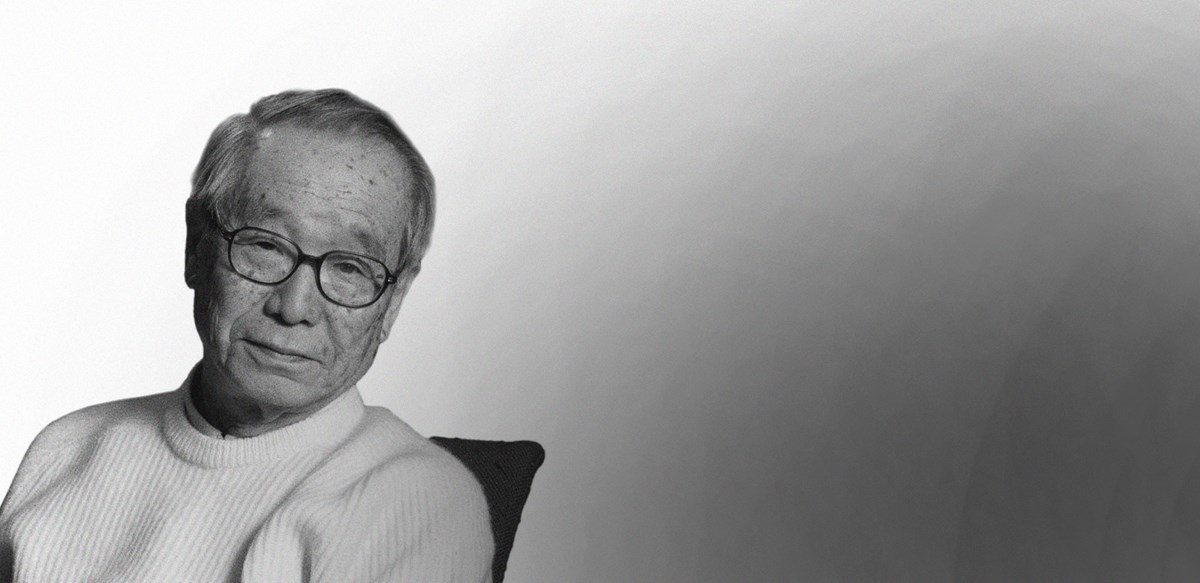Gaja Stool
- Designer:
- Kazuhide Takahama
- Brand:
- Cassina
We don't appear to have any products related to your search term. Please try again.
Shipping and discount codes are added at checkout.



Gaja Chair & Stool Specifications
Enquire for the full range of fabric and upholstery options
Light, slender and stackable, the Gaja chair is a contemporary object that makes constant reference to the pure classic inspiration of Rationalism. The open structure, wrought from chrome-finished resistance-welded steel rods, was designed with a small restaurant in mind, and later became part of the SimonCollezione thanks to its versatile and functional character. The Gaja chair is available with a padded back-rest, as well as in a stool option, both being perfect for soft contract applications. This chair has now been completely redeveloped and further improved by reinforcing the seat with a thermoformed seat and backrest with elastic straps, as well as inserting a wadding cover and zip that allows the upholstery to be removed. New frame finishes are also available.
Light, slender and stackable, the Gaja chair is a contemporary object that makes constant reference to the pure classic inspiration of Rationalism. The open structure, wrought from chrome-finished resistance-welded steel rods, was designed with a small restaurant in mind, and later became part of the SimonCollezione thanks to its versatile and functional character. The Gaja chair is available with a padded back-rest, as well as in a stool option, both being perfect for soft contract applications. This chair has now been completely redeveloped and further improved by reinforcing the seat with a thermoformed seat and backrest with elastic straps, as well as inserting a wadding cover and zip that allows the upholstery to be removed. New frame finishes are also available.
Designer
Kazuhide Takahama is best known as a furniture and lighting designer, and has produced work for Knoll, Gavina, and B&B Italia.

